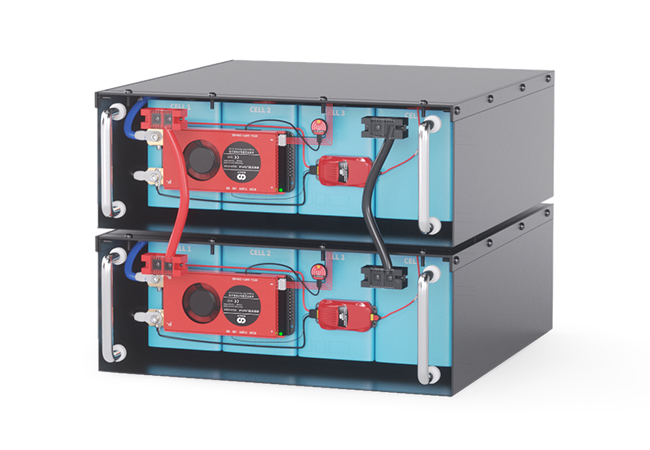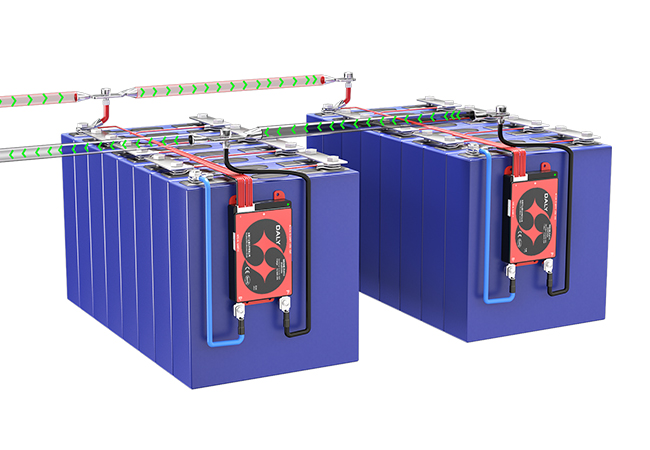Imagine two water buckets connected by a pipe. This is like connecting lithium batteries in parallel. The water level represents voltage, and the flow represents electric current. Let’s break down what happens in simple terms:
Scenario 1: Same Water Level (Matched Voltage)
When both "buckets" (batteries) have identical water levels:
- Charging (adding water):Current splits evenly between batteries
- Discharging (pouring out):Both batteries contribute power equallyThis is the ideal and safest setup!
Scenario 2: Uneven Water Levels (Voltage Mismatch)
When one bucket has higher water level:
- Small difference (<0.5V):Water flows from high to low bucket slowlyA smart faucet (BMS with parallel protection) controls the flowLevels eventually balance
- Large difference (>1V):Water rushes violently to the low bucketBasic protection shuts down the connection


Scenario 3: Different Bucket Sizes (Capacity Mismatch)
Example: Small battery (24V/10Ah) + Large battery (24V/100Ah)
- Same water level (voltage) required!
- Discharging at 10A:Small battery supplies ~0.9ALarge battery supplies ~9.1A
- Key insight: Both water levels drop at same speed!
NEVER Mix These!
Different pump types (discharge rates):
- Strong pump (high-rate battery) pushes too hard
- Weak pump (low-rate) gets damaged quickly
- Can cause overheating or fire!
3 Golden Safety Rules
- Match water levels: Check voltage with multimeter (difference ≤0.1V)
- Use smart faucet: Choose BMS with parallel current control
- Same bucket type:
- Identical capacity
- Same chemistry (e.g., both LiFePO4)
- Matching pump power (discharge rate)
Pro tip: Parallel batteries should behave like twins!
Post time: Sep-10-2025





